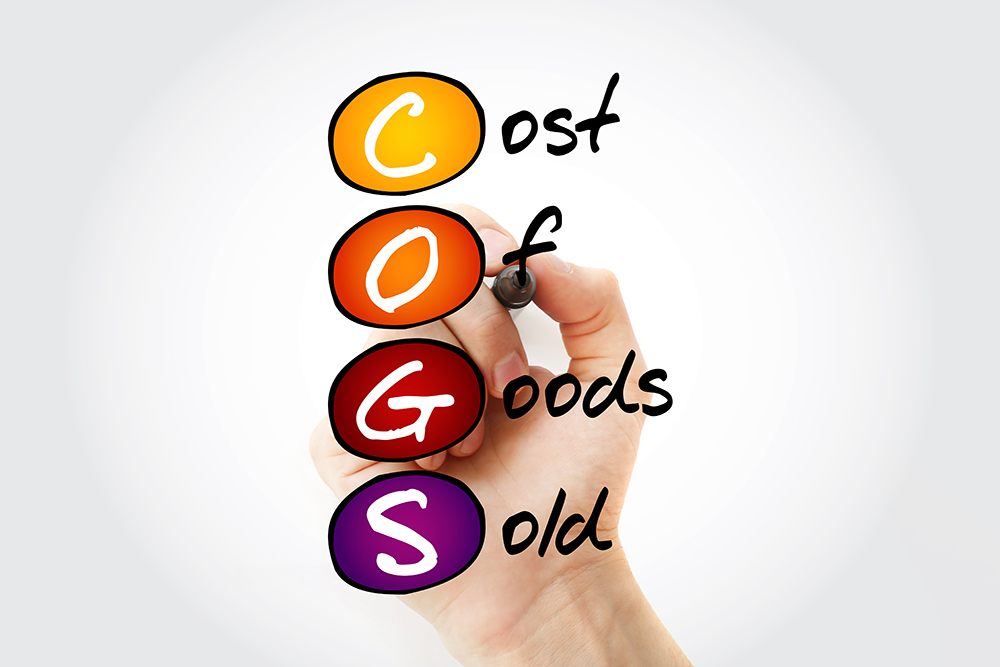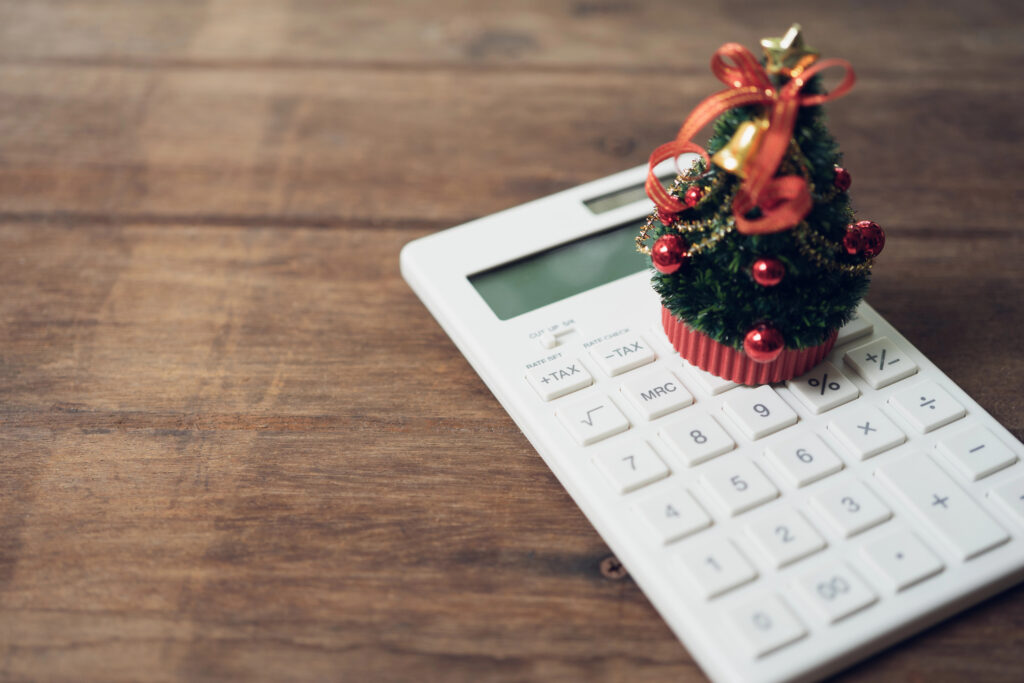Understanding Cost of Goods Sold From Your Favorite Orange County Bookkeeper

Patty Hansen
The account on your income statement called Cost of Goods Sold can be confusing to non-accountants. In this article, your favorite Orange County Bookkeeper will attempt to de-mystify it and explain how it works.
Cost of Goods Sold is an account in your Chart of Accounts that is a very special type of expense. It is the amount of direct costs of items that were sold by the company. It is related to inventory, and it helps to see the flow of transactions to understand the big picture.
When you purchase an inventory item for sale, it’s considered an asset (not an expense yet) in your company. When you sell an inventory item, the asset is reduced and the Cost of Goods Sold account is increased, moving the item from an asset to an expense. It’s no longer an asset once it’s sold, and the cost of the item sold reduces your profit and is expensed into the Cost of Goods Sold account.
Some accountants will abbreviate the Cost of Goods Sold account to COGS, and you might hear them call it that.
In the case of wholesale and retail businesses, the cost of goods sold is the amount that was paid for the inventory items to be sold. In the case of a manufacturer, the costs can include the cost of raw materials, labor to produce the item, and sometimes additional allocations of other related costs. Construction businesses may have a Cost of Construction account or Contract Costs instead of COGS. Service businesses will typically not have a balance in the Cost of Goods Sold account. If they do have direct costs, the costs are often coded to a Supplies account under expenses.
At any point in time, the cost of items you purchase are in two different accounts:
- The unsold items are reflected in the asset account, Inventory, on your Balance Sheet report.
- The sold items are reflected in the Cost of Goods Sold account, on your Income Statement report.
It’s important that the Cost of Goods Sold balance is accurate because there are many good things you can learn from it when you compare it with the inventory. You can learn how fast your inventory is selling, and you can determine your gross profit margin.
If your inventory purchases have not been coded correctly, you can take inventory and arrive at the correct cost of unsold items. If your physical inventory does not match your books, your Favorite Orange County Bookkeeping Service can make a correcting entry between Cost of Goods Sold and the Inventory account so that both of them are accurate.
If you have further questions about the Cost of Goods Sold account, feel free to reach out to your Orange County bookkeeper: Team One Accounting.
Related Posts
Navigating Year-End Generosity as a Small Business Owner
By: Charlotte Van Dyck The holidays are a wonderful time to show appreciation, spread goodwill, and celebrate the relationships that keep your business moving forward. From employee gifts and bonuses to appreciation of clients and charitable giving, year-end generosity has both an emotional and a financial impact. When planned correctly, many of these seasonal expenses…
Read MoreClosing the Year Strong: How Holiday Decisions Impact Your Financial Reports and Taxes
By: Charlotte Van Dyck The financial decisions you make during the holiday season don’t just affect December. They shape your year-end financial statements and your tax return. Increased spending on marketing, payroll, equipment, gifts, and events directly impacts your profit, taxable income, and cash flow. Seasonal promotions and advertising often drive revenue growth, but they…
Read MoreGiving Thanks: Celebrating the Season of Gratitude as a Small Business Owner
By: Charlotte Van Dyck As the year winds down and Thanksgiving approaches, it’s the perfect time for small business owners to pause and reflect. Not just on profits and goals, but on the people and partnerships that make their success possible. The giving season offers more than a chance to say, “thank you.” It’s an…
Read More


